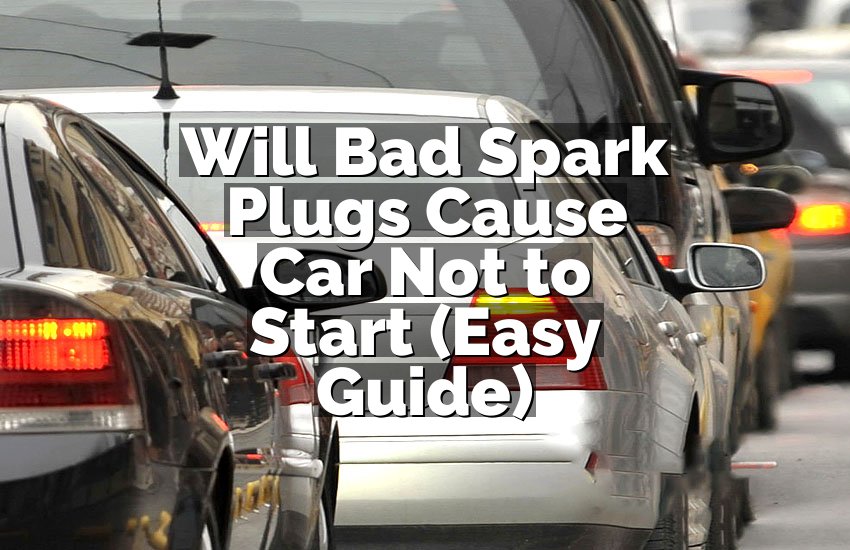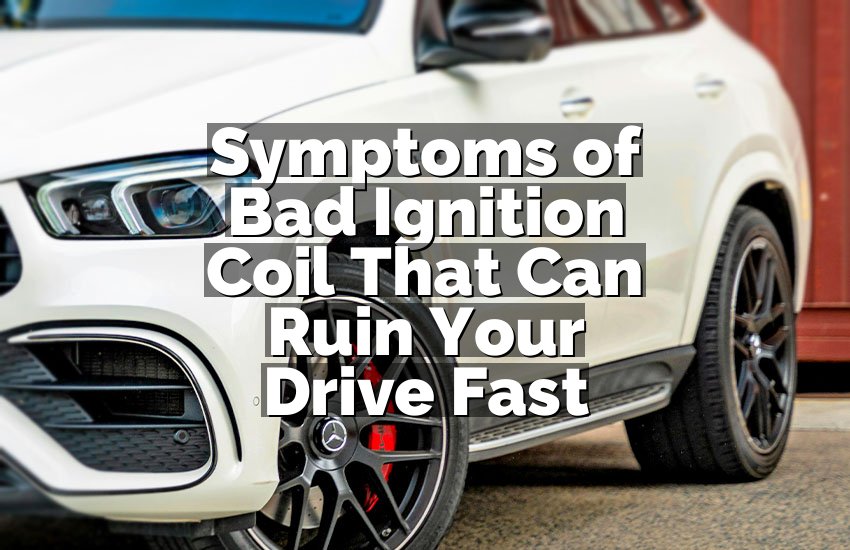Have you ever heard a funny or scary story about someone accidentally putting diesel fuel in a gas car? It’s a common mistake, but it can cause some serious trouble for your vehicle. Imagine filling up your car at the gas station, only to realize later that you grabbed the wrong pump! Don’t worry—I’m here to break down what happens, how to fix it, and what to expect, all in simple, friendly language. Let’s dive in!
Understanding the Problem: What Happens When Diesel Gets into a Gas Car?
Putting diesel into a gas car is more common than you think, and it can cause a lot of confusion. First, let’s understand why it’s a problem and what actually happens under the hood when this mistake happens.
Why Diesel and Gasoline Are Different
Gasoline and diesel are both fuels, but they work very differently. Gasoline is lighter and evaporates quickly, while diesel is thicker and burns differently. Gas engines and diesel engines are designed to handle their own type of fuel only. Gas engines rely on spark plugs to ignite the gasoline, while diesel engines use compression to ignite diesel fuel.
When diesel ends up in a gas engine, the thicker fuel doesn’t vaporize the way gasoline does. This means the engine can’t burn the fuel properly, causing it to run poorly or not at all.
What Happens Right Away After Putting Diesel in a Gas Car?
If you catch the mistake right after filling the tank, that’s great! The car might start and run rough, or it might not start at all. Diesel in the gas engine causes the fuel injectors and spark plugs to clog up because the fuel isn’t burning properly. You may notice:
- The engine sputtering or stalling.
- Strange smells from the exhaust.
- Difficulty starting the car.
If you keep driving, more damage can happen.
Why Diesel Is Bad for Gas Engines Over Time
Diesel fuel can gum up important parts like the fuel filter, injectors, and spark plugs. This buildup can stop fuel from flowing the right way or stop the spark plugs from firing. The longer the diesel stays in the system, the more damage it can cause. Sometimes, this damage means parts need to be replaced, which can get expensive.
How Much Diesel Is Too Much?
A small amount of diesel mixed with gasoline usually won’t ruin your engine. Some modern cars can handle a little bit of fuel mixing without serious problems. But if you put a lot of diesel into a gas tank — like filling the tank half or more with diesel — the risks increase a lot. It’s better to be safe and check immediately.
How to Fix the Problem: Cleaning Diesel Out of a Gas Car
So, you made the mistake, or someone else did. Now, what? Don’t panic. The best thing is to act fast and fix the problem before it gets worse. Here’s a detailed guide to cleaning diesel out of your gas car.
Step 1: Don’t Start the Engine (If You Haven’t Already)
If you realize right after filling that you put diesel in your gas car, the most important thing is not to start the engine. Starting the engine will push the diesel deeper into the fuel system, making cleanup harder and possibly damaging the fuel pump or injectors.
If the car hasn’t been started yet, just leave it alone and call for help or prepare to drain the fuel tank.
Step 2: Drain the Fuel Tank Completely
The next step is to get all that diesel out of the gas tank. This is usually done by draining the tank. You can do this yourself if you’re comfortable with cars and have the right tools, but if not, a mechanic can do it for you.
Draining the fuel tank involves:
- Safely lifting the car.
- Opening the fuel tank’s drain plug or disconnecting the fuel line.
- Using a container to catch all the fuel.
- Properly disposing of the dirty fuel according to local laws.
Removing all the contaminated fuel is the best way to stop damage.
Step 3: Replace the Fuel Filter
The fuel filter catches dirt and debris in your fuel before it reaches the engine. Diesel can clog the filter, so after draining the tank, it’s important to replace the fuel filter with a new one. This helps prevent diesel from moving further into the engine.
Replacing the fuel filter usually involves:
- Removing the old filter.
- Installing a new one made for your specific car model.
- Making sure the connections are tight and leak-free.
It’s a simple but important step.
Step 4: Flush the Fuel Lines and Injectors
After draining and replacing the filter, it’s a good idea to flush the fuel lines and injectors. This cleans out any leftover diesel that might still be inside.
Flushing involves running clean gasoline through the fuel system at high pressure to clear out residue. Sometimes, professional equipment is needed to do this properly, so a mechanic may be your best bet.
This step helps your engine get back to normal fuel flow and ignition.
Step 5: Check and Clean Spark Plugs
Since diesel doesn’t burn the same way gasoline does, it can foul the spark plugs. Fouled plugs might cause rough running or misfires. After cleaning the fuel system, remove the spark plugs and check if they’re dirty or damaged.
If they look bad, clean them with a spark plug cleaner or replace them with new plugs. This ensures your engine can spark properly and run smoothly.
Step 6: Test the Car and Monitor for Problems
Once all cleaning and repairs are done, it’s time to test your car. Start it and listen for any rough idling, sputtering, or warning lights. Drive carefully and keep an eye on how the car runs.
If you notice problems like poor acceleration or stalling, return to the mechanic for a full inspection. Sometimes, more cleaning or part replacements might be needed.
Signs of Damage and When to Seek Professional Help
Even if you clean the diesel out quickly, some damage might happen, especially if you started the engine or drove the car with diesel inside. Knowing what to look for and when to get help can save you money and frustration.
Common Signs of Diesel Damage in a Gas Car
If diesel caused problems, your car might show these symptoms:
- The engine is hard to start or won’t start at all.
- The car sputters, stalls, or runs rough.
- You see smoke from the exhaust that’s darker than usual.
- There’s a strong diesel smell around or inside the car.
- Warning lights, like the check engine light, come on.
Any of these signs mean it’s time to get your car checked.
When to Call a Mechanic
If you notice any serious issues or you’re not sure what to do, calling a professional mechanic is the safest choice. They have special tools and knowledge to diagnose fuel system damage, clean or replace parts, and get your car running safely again.
Mechanics might:
- Perform a full fuel system flush.
- Clean or replace fuel injectors.
- Test fuel pumps and other components.
- Use diagnostic tools to find hidden problems.
Don’t delay! The longer you wait, the worse the damage can become.
How Much Could Repairs Cost?
Repair costs vary depending on how much diesel was put in and how long the car ran with it. Small mistakes might just cost you a fuel system cleaning and a new fuel filter, which can be under a few hundred dollars.
More severe cases with injector damage or engine repairs can cost much more. Always ask for a repair estimate before starting work so you can make informed decisions.
Preventing Diesel Mistakes: Tips to Avoid Putting Diesel in a Gas Car
The best way to handle this problem is not to have it happen in the first place. Here are some simple and helpful tips to avoid putting diesel in your gas car ever again.
Know Your Fuel Type and Look for Labels
Most gas stations clearly label their pumps with “Diesel” or “Unleaded Gasoline.” Always check twice before pumping. Make a habit of looking at the pump handle color, too—diesel pumps often have green or black handles, while gasoline is usually red or yellow.
If you’re borrowing a car or driving a rental, ask what fuel it uses. Some gas stations also have pictures or instructions on the pump.
Stay Focused When Filling Up
Filling up your car is a quick task, but distractions can cause mistakes. Put your phone away, don’t rush, and pay attention to what you’re doing. If you’re tired or in a hurry, it’s even more important to slow down and double-check.
Keep Fuel Caps Clear and Marked
Some people put little stickers or labels near their fuel cap to remind themselves which fuel to use. It’s a simple way to avoid confusion, especially if you own multiple cars with different fuel types.
Ask for Help If You’re Unsure
If you’re ever unsure about which pump to use, don’t hesitate to ask the gas station attendant or a fellow driver. It’s better to take a moment and avoid a costly mistake.
What to Do Immediately If You Realize You Made a Mistake
If you accidentally grab the wrong pump, don’t start the car. Let the staff know, and they might help you drain the fuel or recommend a nearby mechanic. Acting fast can save you a lot of trouble.
I hope this guide helps you understand what happens if you put diesel in a gas car and what to do if it happens. Mistakes happen to everyone, but knowing the steps to fix them can make all the difference!
Frequently Asked Questions (FAQs)
Is it dangerous to drive a gas car with diesel fuel in it?
Driving a gas car with diesel in the tank can be harmful because diesel doesn’t burn the same way gasoline does. The engine may sputter, stall, or not run at all. Diesel can clog fuel injectors and filters, leading to expensive repairs if you keep driving. If you suspect diesel in your gas tank, stop driving immediately and have the fuel system checked.
Can diesel damage the engine permanently in a gas car?
Diesel can cause damage to the fuel system and engine components if left uncleaned, but permanent engine damage is less common if you act quickly. Draining the fuel, replacing filters, and flushing the system can often fix the problem. If you continue driving with diesel in the system, parts like injectors or spark plugs could get damaged, which might require expensive repairs or replacements.
Do I need to call a mechanic if I put diesel in my gas car?
It’s a good idea to call a mechanic, especially if you’ve already started the engine or driven the car. Mechanics have the right tools to drain the tank, clean fuel lines, replace filters, and flush injectors safely. Attempting to fix the problem yourself without the right tools can sometimes make things worse.
Is it safe to add gasoline to diesel to dilute it if I put diesel in my gas car?
Adding gasoline to diesel in a gas car is not a safe fix. Diesel fuel doesn’t mix or burn properly in gas engines, so diluting won’t solve the underlying problem. It’s best to drain all the diesel fuel completely and then refill with clean gasoline to avoid damage.
Can I use a fuel additive to fix diesel in a gas tank?
Fuel additives are usually not designed to fix diesel contamination in gasoline engines. Additives may help clean minor deposits but won’t remove diesel fuel from your system. The safest option is to drain the contaminated fuel and clean the fuel system properly.
Do diesel and gasoline fuel systems use the same parts?
No. Gasoline and diesel fuel systems are designed differently because the fuels behave differently. Diesel fuel systems have stronger pumps and injectors built for thicker fuel. Gasoline systems rely on spark plugs and different injector designs. Using the wrong fuel stresses parts not made for it, which can cause failure.
Is it common to confuse diesel and gasoline at the pump?
Yes, it happens more than you might think! Especially if you’re driving a rental or a vehicle you’re not familiar with. Distractions, tiredness, or confusing fuel pump labels can lead to mistakes. Being careful and double-checking is the best prevention.
Can driving a gas car with a little diesel in it cause no harm?
A small amount of diesel mixed with gasoline may not cause serious damage immediately, especially in modern cars with advanced fuel systems. However, it’s still not ideal and can cause rough running or clog parts over time. If you suspect diesel contamination, it’s best to check and clean the fuel system to avoid long-term problems.


